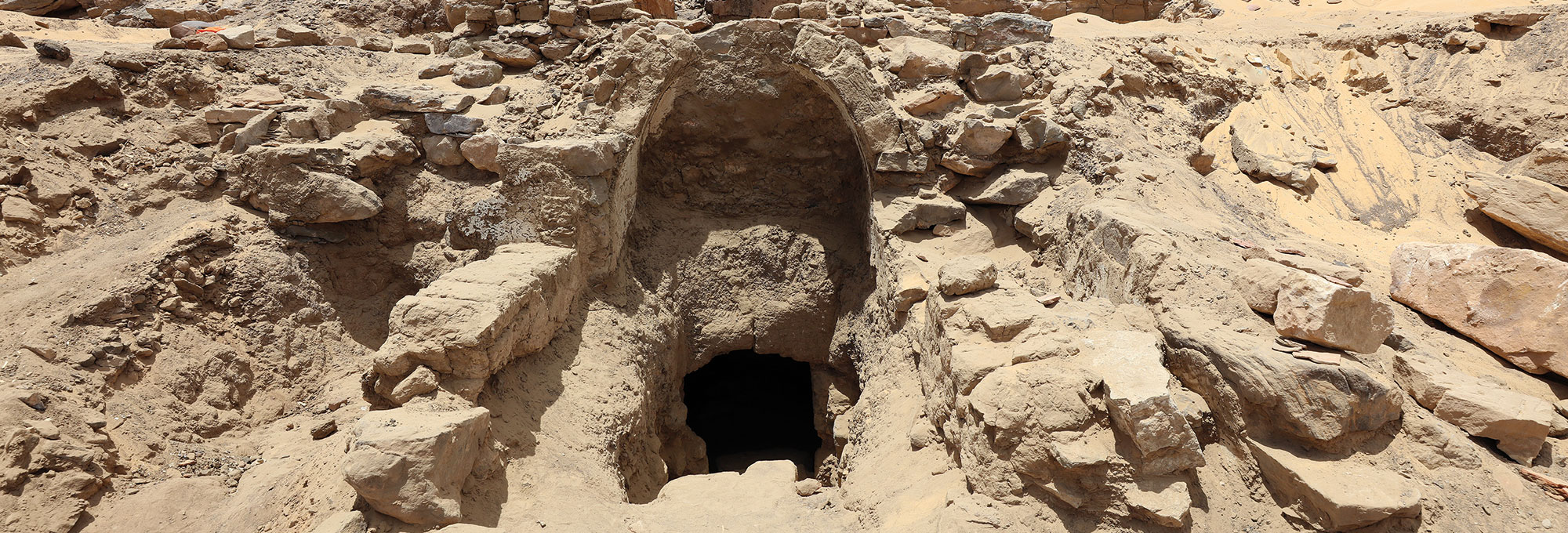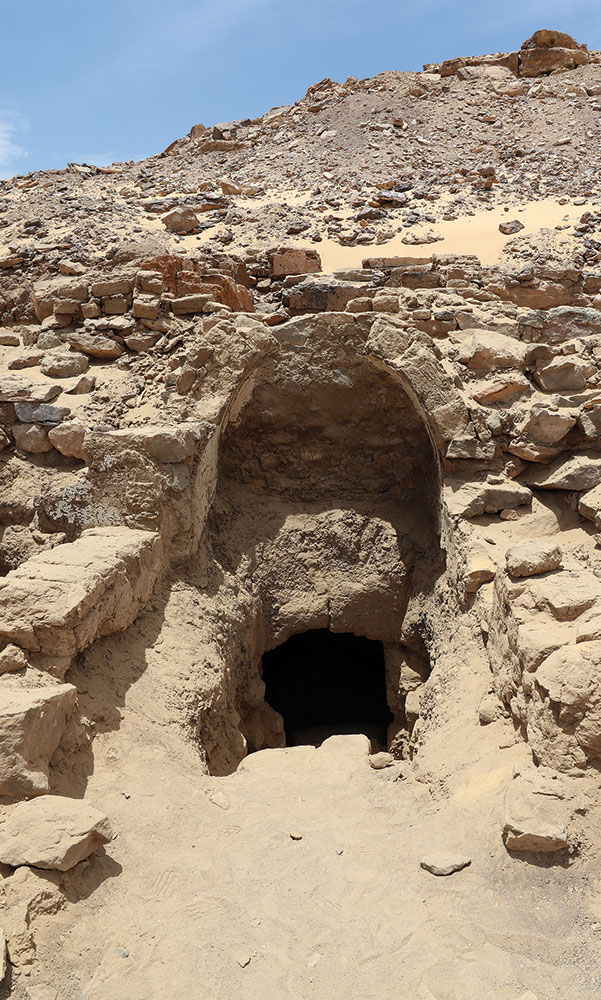JERUSALEM, ISRAEL––La Brújula Verde reports that archaeologists uncovered an unusual and surprising burial of a woman interred in the fifth century a.d. at Khirbat el-Masani, north of Jerusalem. The tomb was found among the remains of a Byzantine monastery that flourished between a.d. 350 and 360, when it was positioned along an early Christian pilgrimage route. A heavy chain was wrapped around the neck, arms, and legs of the deteriorated skeleton in accordance with a common custom practiced by ascetic monks at the time. Asceticism was a lifestyle characterized by extreme self-denial and self-torment in order to draw oneself closer to God. Burials displaying acts of asceticism were previously thought to be exclusively male, but peptide analysis of tooth enamel from the remains found at Khirbat el-Masani revealed that the individual was, in fact, female. The discovery has prompted archaeologists to reassess the role of women in extreme Christian religious practices of the Byzantine period. Read the original scholarly article about this research in Journal of Archaeological Science: Reports. To read about analysis of skeletons buried at another Byzantine monastery in Jerusalem, go to "Bad Monks at St. Stephen's."
Unusual Byzantine Burial in Jerusalem Analyzed
News February 19, 2025
Recommended Articles
Digs & Discoveries July/August 2025
Bound for Heaven
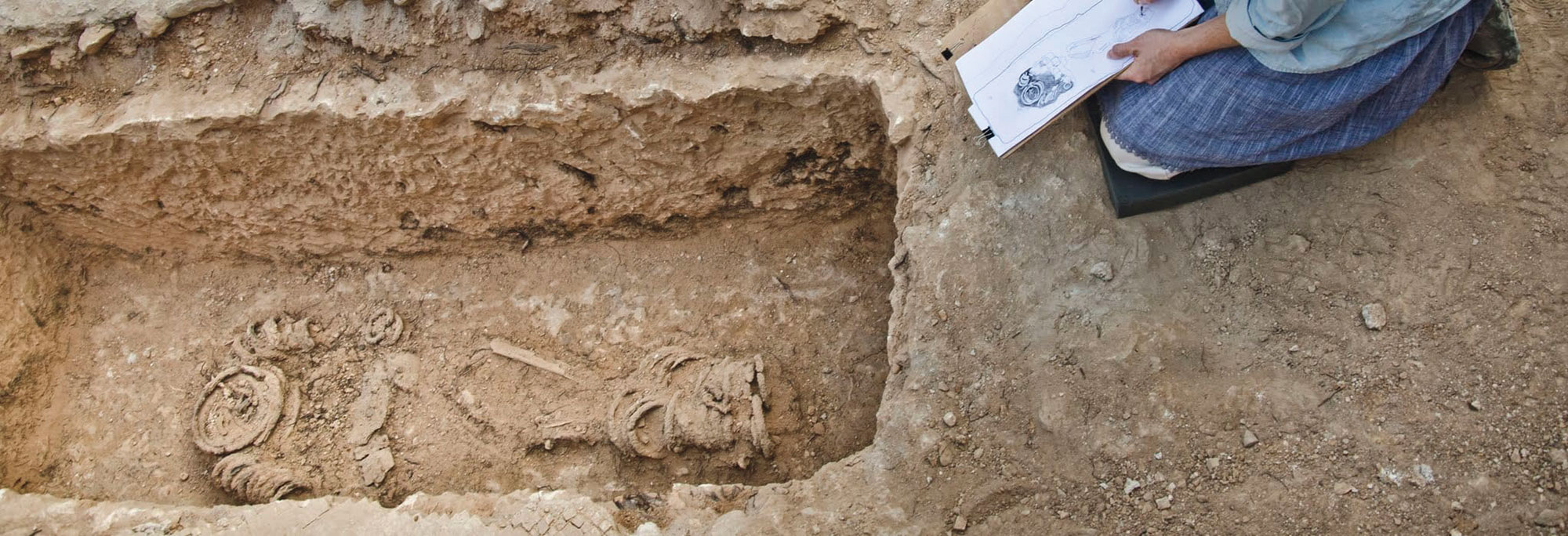
Digs & Discoveries May/June 2025
Byzantine Boomtown

Letter from the Levant March/April 2025
On the Origin of the Pork Taboo
Exploring ancient people’s shifting beliefs about rearing and eating pigs
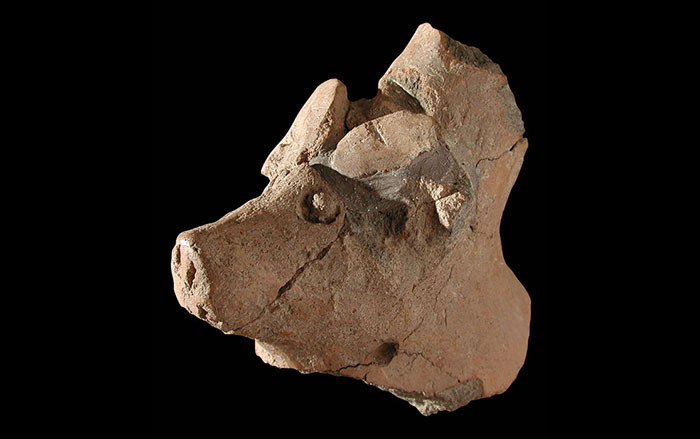
Artifacts January/February 2023
Byzantine Solidus Coins
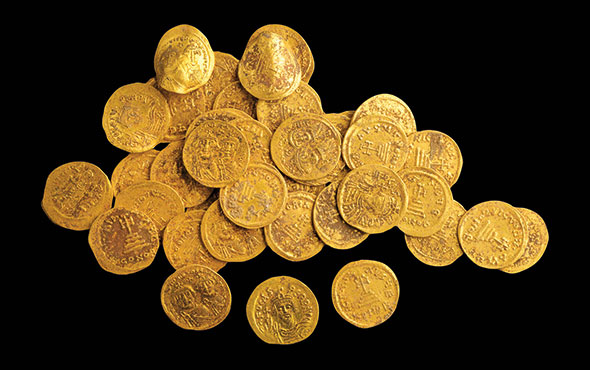
-
Features January/February 2025
Dancing Days of the Maya
In the mountains of Guatemala, murals depict elaborate performances combining Catholic and Indigenous traditions
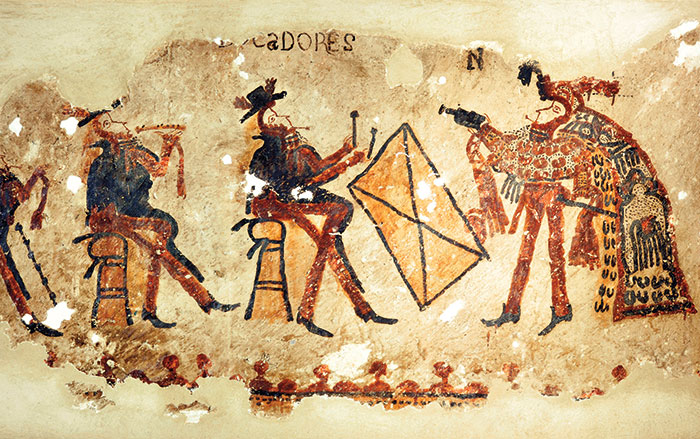 Photograph by R. Słaboński
Photograph by R. Słaboński -
Features January/February 2025
Unearthing a Forgotten Roman Town
A stretch of Italian farmland concealed one of the small cities that powered the empire
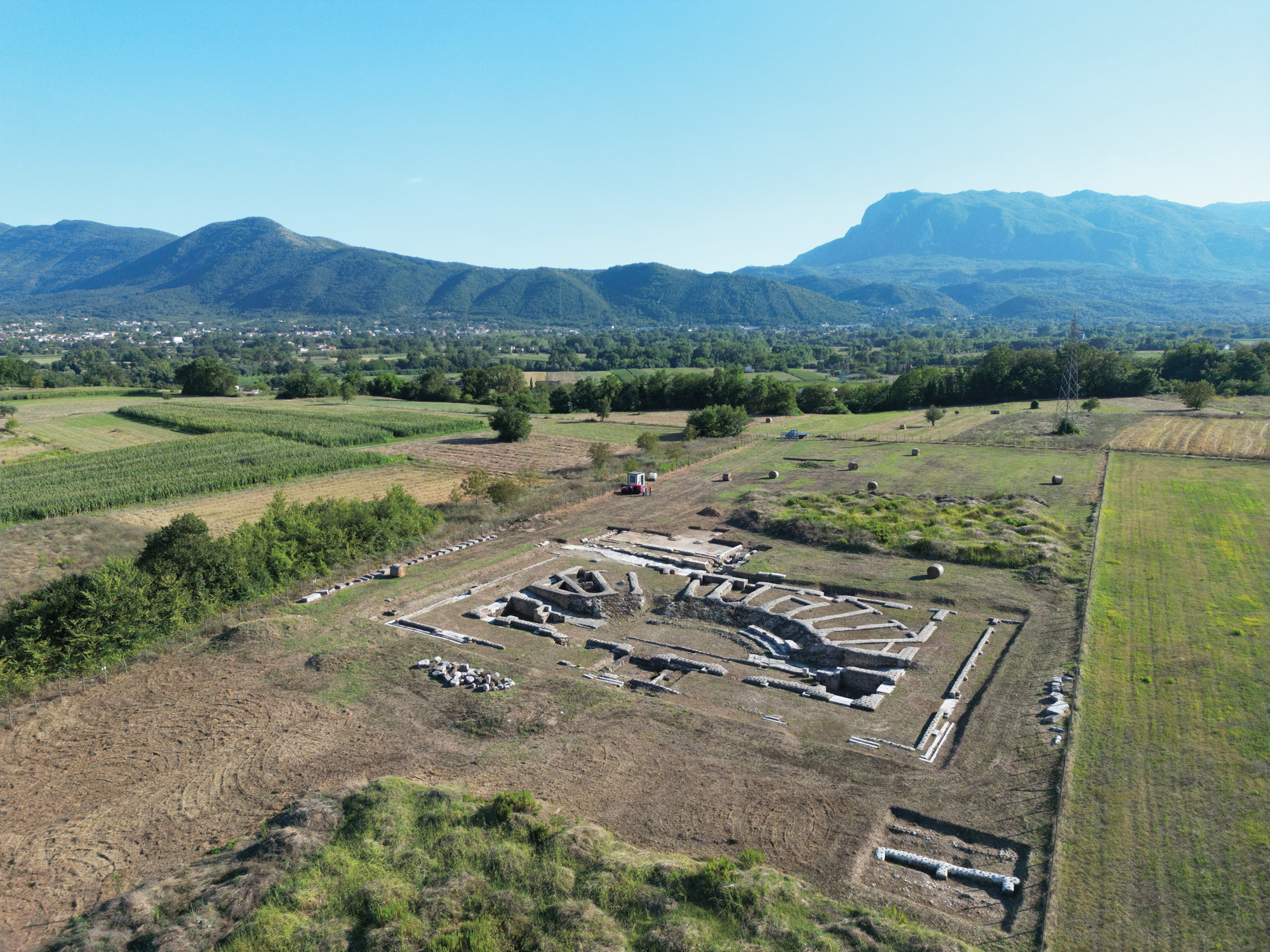 Photo Courtesy Alessandro Launaro
Photo Courtesy Alessandro Launaro -
Features January/February 2025
Medieval England’s Coveted Cargo
Archaeologists dive on a ship laden with marble bound for the kingdom’s grandest cathedrals
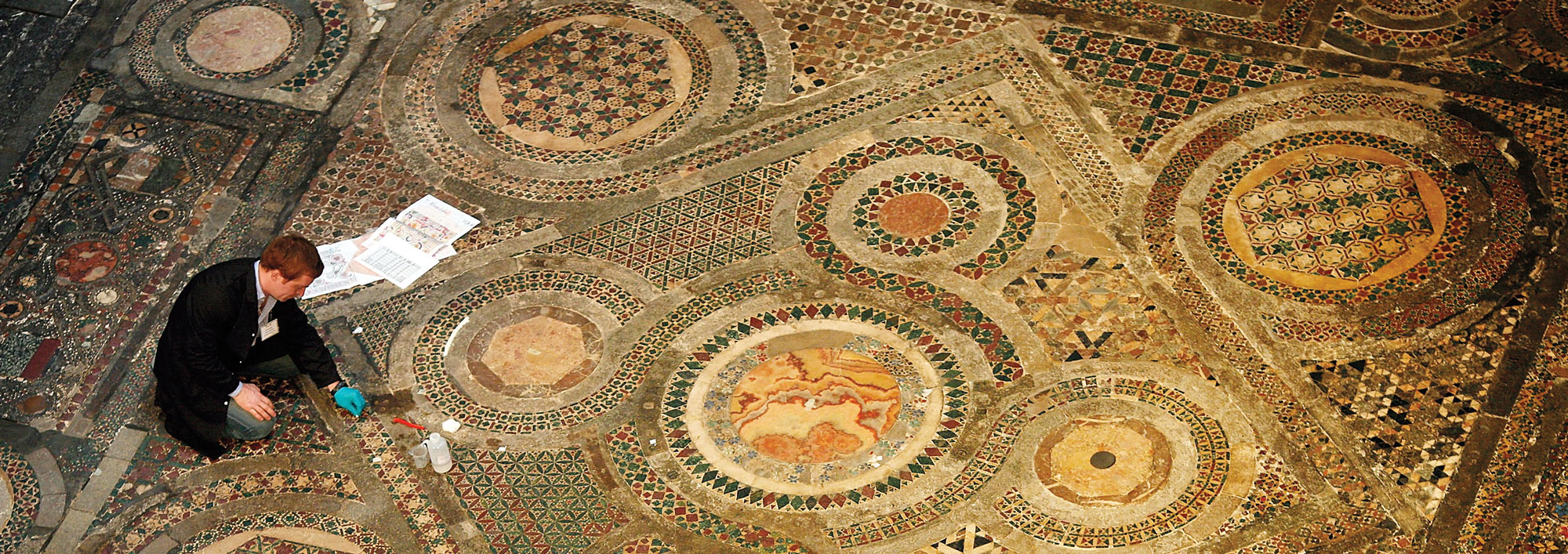 Peter Macdiarmid/Getty Images
Peter Macdiarmid/Getty Images -
Features January/February 2025
Lost Greek Tragedies Revived
How a scholar discovered passages from a great Athenian playwright on a discarded papyrus
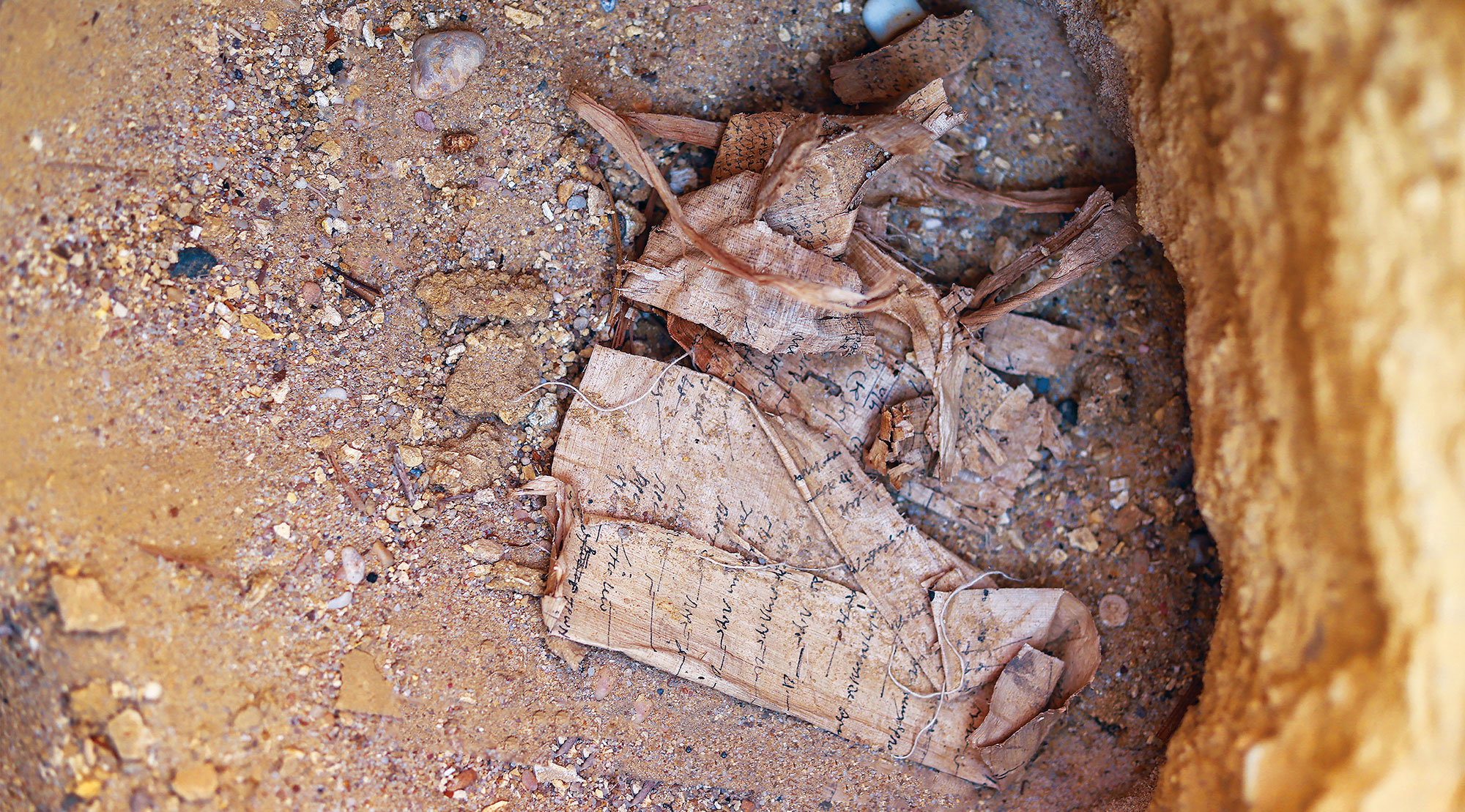 Egyptian Ministry of Tourism and Antiquities
Egyptian Ministry of Tourism and Antiquities


